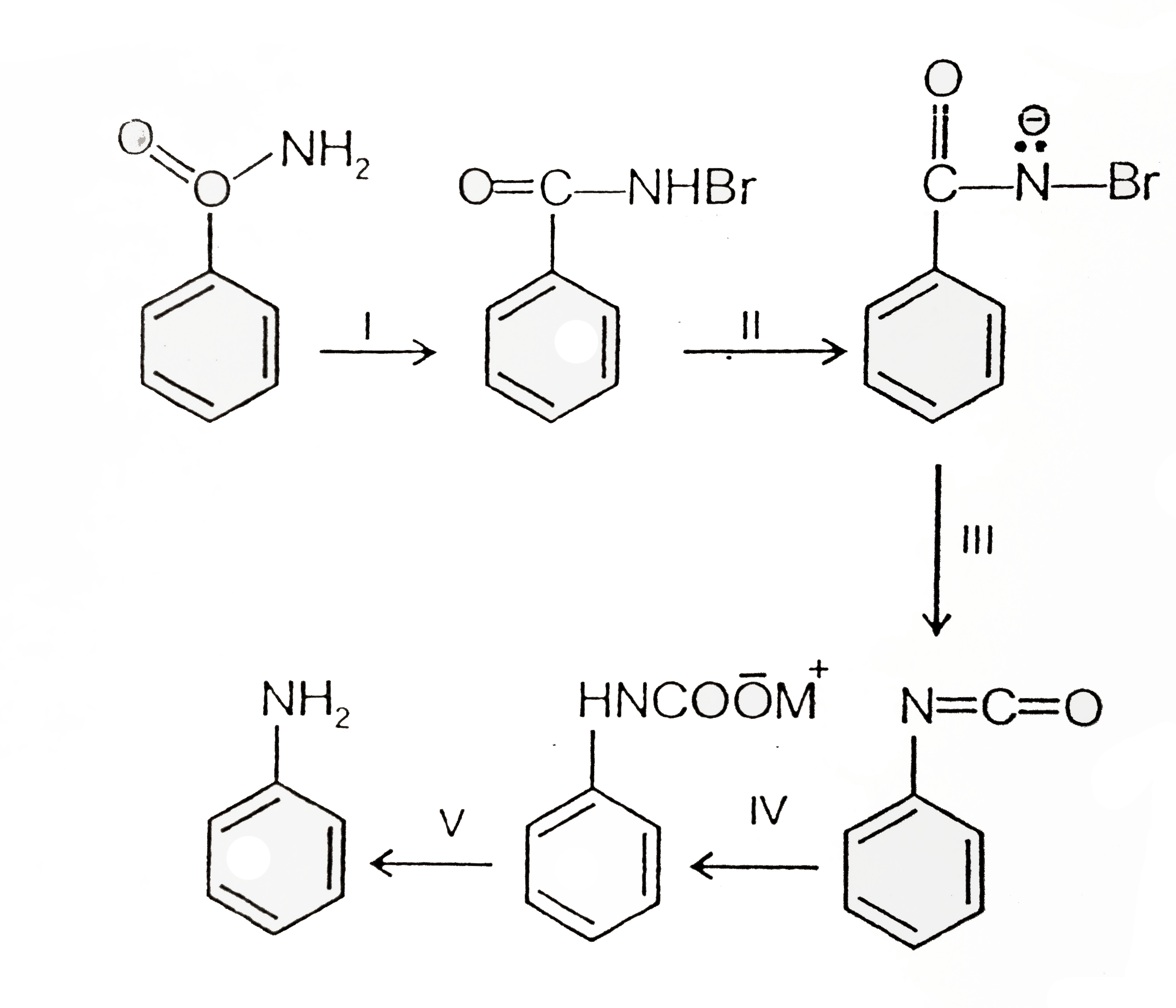Li has the following abnormal behaviour in its group:
Lithium carbonate decomposes into its oxide on heating, unlike other elements.
LiCI is covalent in nature.
Li3N is stable compound.
LiCI is poor conductor of electricity in molten state.
The correct Answer is:A, B, C
Due to the small size and high charge/redius ratio.
Topper's Solved these Questions
- S-BLOCK GROUP 1 - ALKALI METALSBOOK - CENGAGE CHEMISTRY ENGLISHCHAPTER - S-BLOCK GROUP 1 - ALKALI METALSEXERCISE - Exercises Single Correct
100 Videos
- S-BLOCK GROUP 1 - ALKALI METALSBOOK - CENGAGE CHEMISTRY ENGLISHCHAPTER - S-BLOCK GROUP 1 - ALKALI METALSEXERCISE - Exercises Assertion Reasoning
24 Videos
- S-BLOCK GROUP 1 - ALKALI METALSBOOK - CENGAGE CHEMISTRY ENGLISHCHAPTER - S-BLOCK GROUP 1 - ALKALI METALSEXERCISE - Exercises Linked Comperension
20 Videos
- REDOX REACTIONSBOOK - CENGAGE CHEMISTRY ENGLISHCHAPTER - REDOX REACTIONSEXERCISE - Archives (Integers)
1 Videos
- S-BLOCK GROUP 2 - ALKALINE EARTH METALSBOOK - CENGAGE CHEMISTRY ENGLISHCHAPTER - S-BLOCK GROUP 2 - ALKALINE EARTH METALSEXERCISE - Ex 5.1 Objective
2 Videos
Similar Questions
Which of the following amino acids has hydrogen in its R group?
(a) Alanine
(b) Serine
(c) Glycine
(d) Cysteine
View SolutionThe noble gas which shown abnormal behaviour in liquid state and behaves as a super fluid is ____.
View SolutionWhy does fluorine exhibit abnormal behaviour ?
View SolutionWhich of the following abnormalities is due to autosomal dominant mutation ?
View SolutionWhich of the following abnoromalities will include the secretion of abnormal granules-pannus ?
View SolutionWhich of the following abnoromalities will include the secretion of abnormal granules-pannus ?
View SolutionHoffmann-Bromamide reaction has the following mechanism

The carbonyl group of amide is removed as
View SolutionWhich one of the following has no free aldehyde or ketone group ?
View SolutionWhich of the following show amphoteric behaviour?
View SolutionWhich of the following abnormalities are developed by an increase in the number of chromosome?
View Solution
